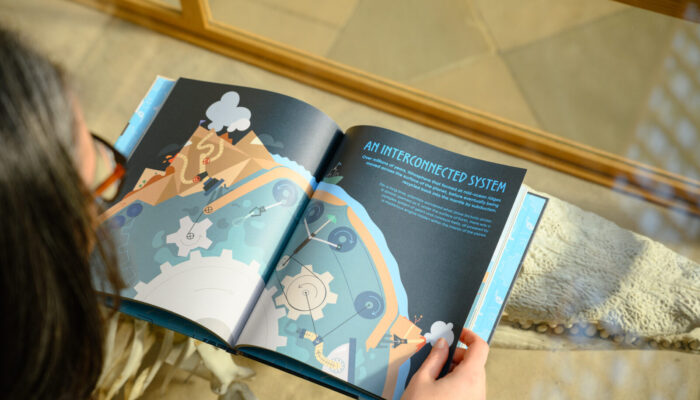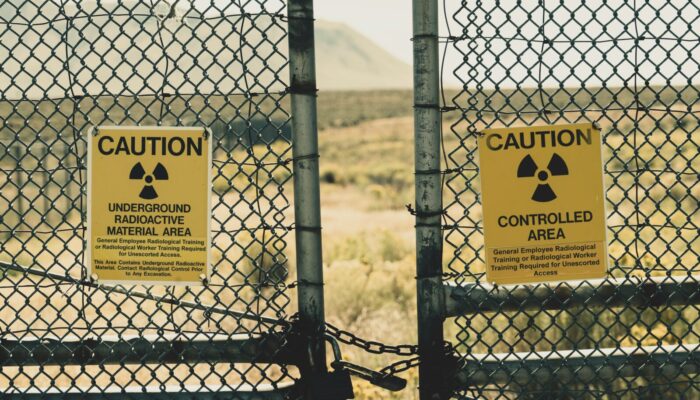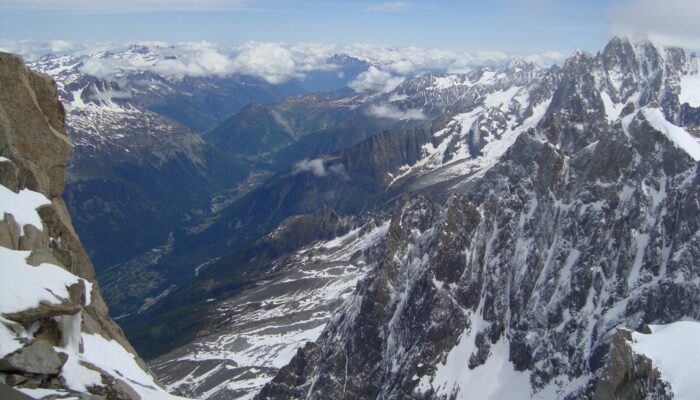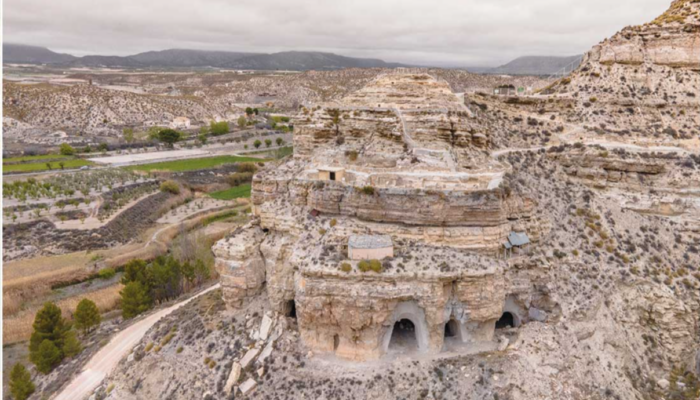Artificial intelligence (AI) has been here a while, and it isn’t going anywhere, not any time soon. It has become an integral part of many lives and businesses. When I speak of AI, I am not referring to GenAI (generative AI) that writes your emails for you: Think about the algorithms that suggest what movie you should watch next, the voice assistant that adds milk to your shopping list, and ...[Read More]
Sixty years under the mountain: A geoscientific odyssey through the Mont Blanc tunnel
On July 16, 1965, the Mont Blanc Tunnel, 11.611 km of tunnel piercing the heart of the Alps, opened to traffic, marking a triumph of engineering, geology, and international cooperation. Sixty years later, this civilian artery connecting Chamonix (France) and Courmayeur (Italy) stands not just as a testament to human inventiveness but as an ongoing marvel if viewed through a geoscientific lens. On ...[Read More]
A Geoscientist’s Colorful Journey from Research to Children’s Books

In today’s blog we’re having a chat with our very own Dr Lucia Perez-Diaz. As Lucia put it at the start of this year’s General Assembly, us scientists get to wear many “hats”, and she lives up to that statement. Besides a brilliant geoscientist, she is an incredible artist – also featured as last year’s artist in residence – and a budding press assistant! But more importantly, she is the author of ...[Read More]
Palaeoseismic crisis in the Galera Fault (southern Spain): consequences in Bronze Age settlements?
Alright, buckle up folks for this blog post, because we’re about to explore the wild ride of plate tectonics between the Iberian Peninsula (Eurasia plate) and North Africa (Nubia plate). These two plates are moving slowly at a moderate pace of 5-7 mm per year, which might not seem like much, but it’s enough to shake things up—literally! In a recent paper, published by our journal Solid Earth ...[Read More]



